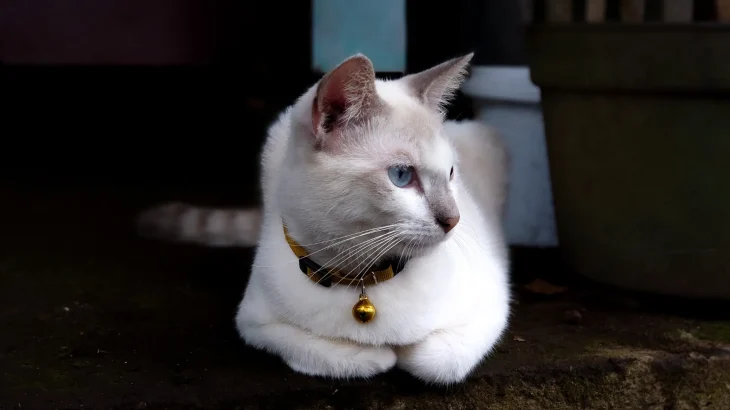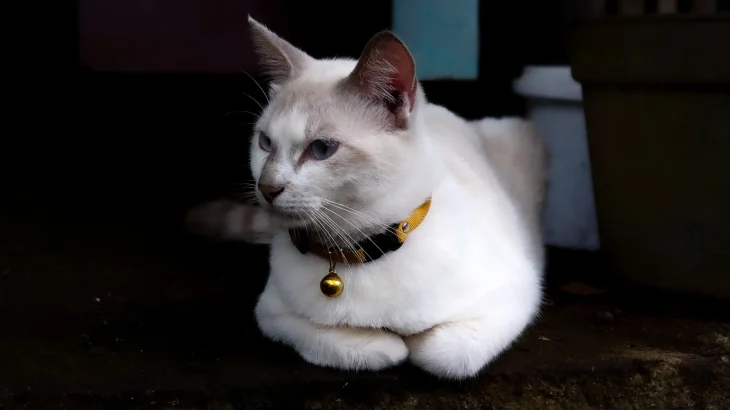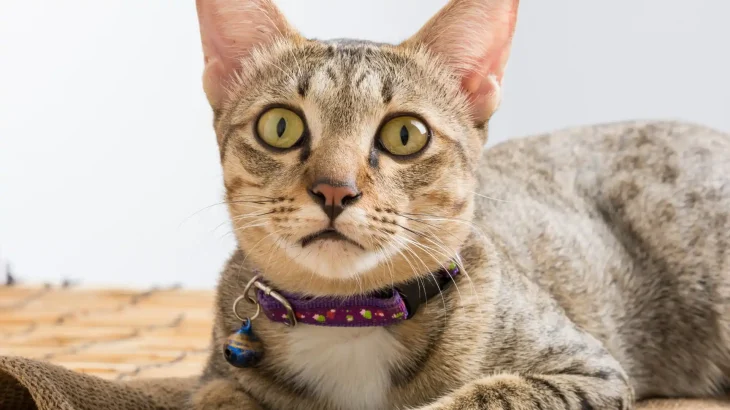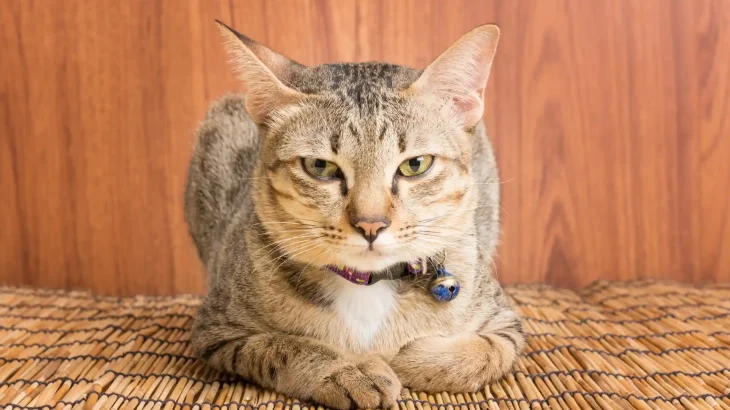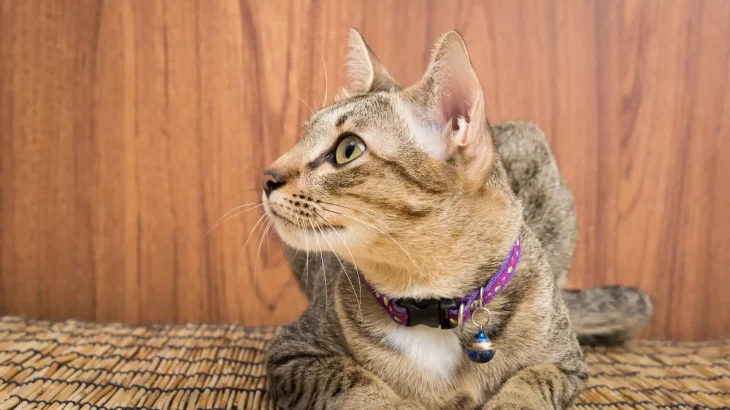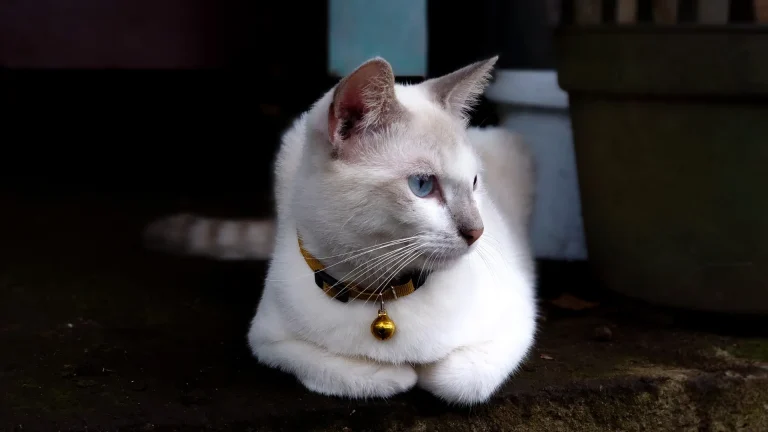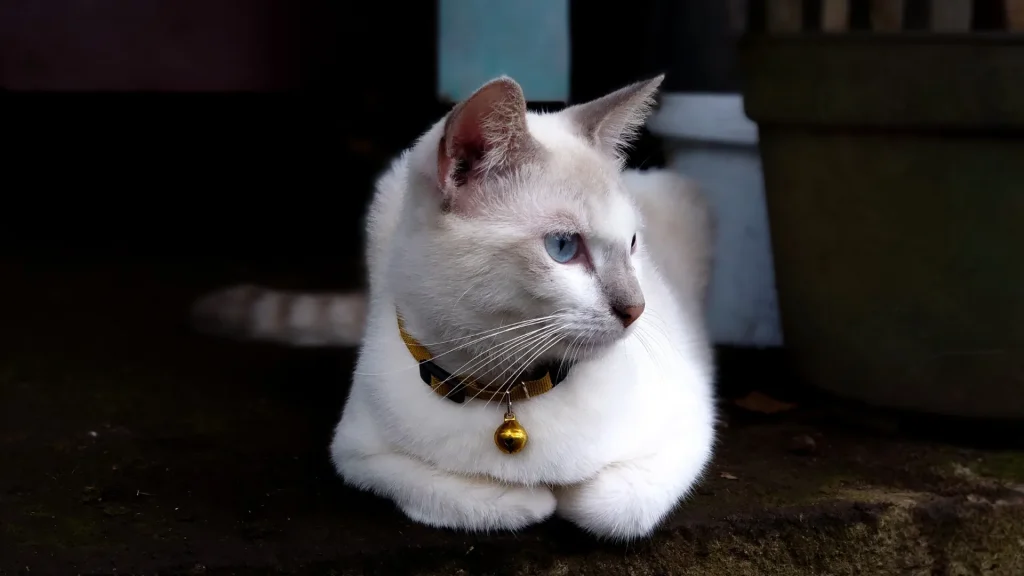Choosing between adopting or purchasing a Javanese kitten means thinking about cost, health details, and ethics. Buying from a breeder usually gives clear breed lineage and health info, while adopting helps animals in need find homes. Both have unique perks and challenges, depending on what matters most to you.
Adoption vs. Breeder: Pros & Cons
| Criteria | Buying from Breeder | Adopting from Shelter/Rescue |
|---|---|---|
| Cost | Higher initial price, often several hundred to over a thousand dollars. | Generally lower adoption fees, often including vaccinations and spay/neuter. |
| Health History | Breeders provide detailed health records and genetic screening related to the breed. | Health history may be limited or unknown, though basic health checks are done. |
| Age Availability | Mostly kittens, letting you raise the cat from a young age. | Various ages available, including older cats, adding flexibility. |
| Temperament Insight | Breeders can share traits common in the lineage. | Shelters offer observations on individual behavior but less on breed traits. |
| Supporting Practices | Supports responsible breeding if choosing ethical breeders. | Supports rescue efforts and reduces shelter overcrowding. |
| Breed Purity & Pedigree | Clear pedigree documentation assures breed purity. | Breed purity usually unknown; pedigree less emphasized. |

